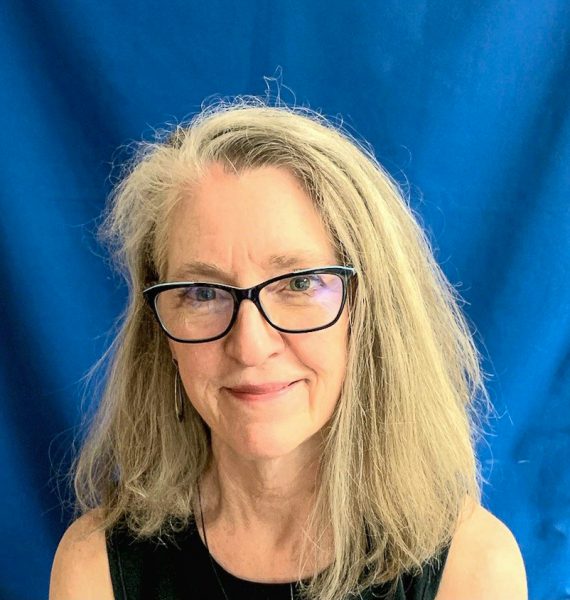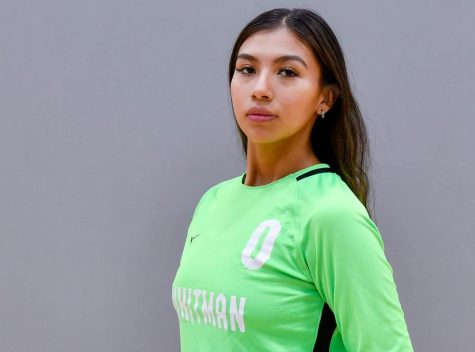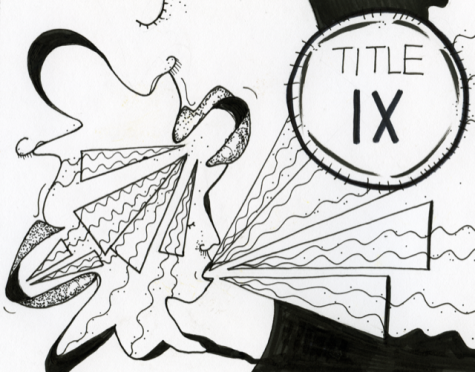Athletes Grapple with High Rates of Sexual Assault Accusations
February 2, 2017
While many of Whitman’s varsity sports teams continue to see outstanding success on the field, concerning off-field behavior has been brought to light as the school continues to see high rates of sexual assault reports against athletes.
Varsity athletes represent slightly more than 20 percent of Whitman’s student body, yet so far this year they have made up 28.6 percent of sexual violence responding parties (named persons allegedly responsible for the reported behavior), according to Title IX Administrator Juli Dunn. 50 percent of responding parties were non-athletes, and for 21.4 percent it was unknown whether they were athletes or not. Further, athletes only make up 3.4 percent of claimants, in comparison to 73.3 percent non-athletes and 23.3 percent unknown.
Not only are varsity athletes overrepresented as those accused in reported sexual violence cases, but they are also underrepresented in reporting cases of sexual violence.
In response to these unsettling statistics, last December every varsity student athlete underwent a one-hour consent education workshop with their team. The workshop was the idea of junior baseball player John Lyon. Lyon has worked in the past with Associate Dean for Student Programs and Activities Barbara Maxwell as a Student Sexual Violence Prevention Intern targeting off campus housing.
“Within that role I saw [sexual violence prevention for] athletes and off-campus going hand-in-hand and asked Barbara if I could expand my job to include an athletic oversight position for sexual violence prevention,” Lyon said. From this, Athletes for Consent Education (ACE) was born.
“Nationally, the two biggest groups for perpetrating sexual violence are fraternities and athletics…and it is disproportionate compared to the amount of people on this campus as well.”
According to Laura Finley, an assistant professor of sociology and criminology at Barry University, nearly one-third of college sexual assaults nationwide have been perpetrated by athletes. This, relative to proportion of student body, is a rate nearly six times that of their non-athlete peers.
Lyon, as well as other athletes who joined the ACE group, began working on a workshop on consent for each team.
“We came at it from a lens of understanding that athletes on this campus take up a social role, as well as one on the field, and so we tailored it to every individual team. We did alcohol safety trainings with specific teams, and we came at it from a standpoint that consent should actually be easier for athletes,” Lyon said. “You have the advantage of having a built-in community of teammates who already look out for you in all these different ways, and just making sure that you’re making the right call where consent in concerned, is one more way you can look out for each other and hold each other accountable.”
While initially frustrated by having the trainings required during the final weeks of the semester, sophomore cross country runner Kelby Pierce, viewed the trainings as very constructive.
“The workshop was a great opportunity for our team to come together and think about how we, as a team, may be contributing to rape culture through how we act and what we say,” she said. “It was a reminder that while one person might be comfortable with a joke that objectifies another individual, we need to be aware of how our actions and words as a team are seen by other members of the community.”
Leighton Kingma, a first year on the men’s basketball team, also found the workshop to be quite beneficial.
“I like the idea of having each sports team go through the workshop. It was all important information, and though I think many members of my team were aware of most of the information, it served as a helpful reminder of the harmful actions that go on in college, and was informative about the ways in which we can help prevent that kind of activity.”
Lyon believes most athletes have had a similar response to Kingma’s.
“The response has been fairly positive. It was definitely taken differently by each team, and that was a result of tailoring it to each specific team. But whereas ACE started with 15 people at the beginning, we now have multiple people from each team, and the teams have been very responsive.”
The hope is that the program will continue to grow and promote positive change on campus.
“We’re going to use this momentum to continue going over ways that we as athletes can continue to change culture on campus. We’re talking about doing things like a first year athletes consent training, or having buddy teams sober roaming each other’s parties, and stuff like that.” Lyon said. “For me, I think the most beneficial part was that for at least an hour every athlete was forced to think about these issues, and that was great to see.”









